Lake Powell At Glen Canyon Dam Reservoir Report
Last Updated: January 8, 2026
Lake Powell is a reservoir formed by the Glen Canyon Dam in Arizona.
°F
°F
mph
Wind
%
Humidity
Summary
The dam was completed in 1963 and created Lake Powell, which is a popular recreational area. The hydrology of the area is mainly influenced by the Colorado River, which flows into the lake. Snowpack in the surrounding mountains also contributes to the surface flow into the lake. The lake provides water for irrigation and is also used for recreational activities such as boating and fishing. The area also has a rich history, with the Glen Canyon Dam being built as part of the Colorado River Storage Project, a large-scale water management system in the western United States. Despite controversy surrounding the dam's construction and environmental impacts, Lake Powell remains a popular tourist destination.
Reservoir Details
| Lake Or Reservoir Water Surface Elevation Above Navd 1988, Ft 24hr Change | -0.01% |
| Percent of Normal | 100% |
| Minimum |
3,522.2 ft
2023-04-14 |
| Maximum |
3,624.28 ft
2019-07-30 |
| Average | 3,564 ft |
| Dam_Height | 710 |
| Hydraulic_Height | 579 |
| Drainage_Area | 108355 |
| Year_Completed | 1963 |
| Nid_Storage | 29875000 |
| Structural_Height | 710 |
| River_Or_Stream | COLORADO RIVER |
| Foundations | Rock |
| Surface_Area | 160784 |
| Hazard_Potential | High |
| Dam_Length | 1565 |
| Primary_Dam_Type | Concrete |
| Nid_Height | 710 |
Seasonal Comparison
Lake Or Reservoir Water Surface Elevation Above Ngvd 1929, Ft Levels
Lake Or Reservoir Water Surface Elevation Above Navd 1988, Ft Levels
Weather Forecast
Nearby Streamflow Levels
Dam Data Reference
Condition Assessment
SatisfactoryNo existing or potential dam safety deficiencies are recognized. Acceptable performance is expected under all loading conditions (static, hydrologic, seismic) in accordance with the minimum applicable state or federal regulatory criteria or tolerable risk guidelines.
Fair
No existing dam safety deficiencies are recognized for normal operating conditions. Rare or extreme hydrologic and/or seismic events may result in a dam safety deficiency. Risk may be in the range to take further action. Note: Rare or extreme event is defined by the regulatory agency based on their minimum
Poor A dam safety deficiency is recognized for normal operating conditions which may realistically occur. Remedial action is necessary. POOR may also be used when uncertainties exist as to critical analysis parameters which identify a potential dam safety deficiency. Investigations and studies are necessary.
Unsatisfactory
A dam safety deficiency is recognized that requires immediate or emergency remedial action for problem resolution.
Not Rated
The dam has not been inspected, is not under state or federal jurisdiction, or has been inspected but, for whatever reason, has not been rated.
Not Available
Dams for which the condition assessment is restricted to approved government users.
Hazard Potential Classification
HighDams assigned the high hazard potential classification are those where failure or mis-operation will probably cause loss of human life.
Significant
Dams assigned the significant hazard potential classification are those dams where failure or mis-operation results in no probable loss of human life but can cause economic loss, environment damage, disruption of lifeline facilities, or impact other concerns. Significant hazard potential classification dams are often located in predominantly rural or agricultural areas but could be in areas with population and significant infrastructure.
Low
Dams assigned the low hazard potential classification are those where failure or mis-operation results in no probable loss of human life and low economic and/or environmental losses. Losses are principally limited to the owner's property.
Undetermined
Dams for which a downstream hazard potential has not been designated or is not provided.
Not Available
Dams for which the downstream hazard potential is restricted to approved government users.

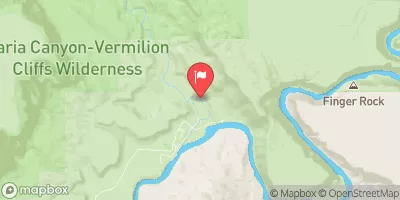
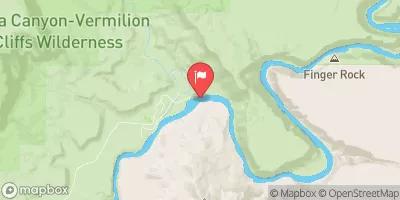

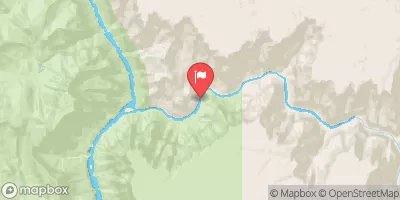
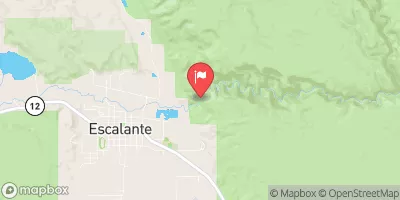
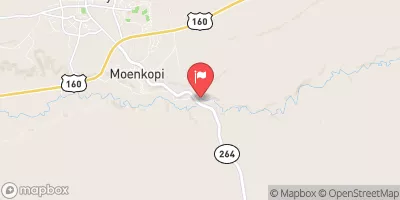
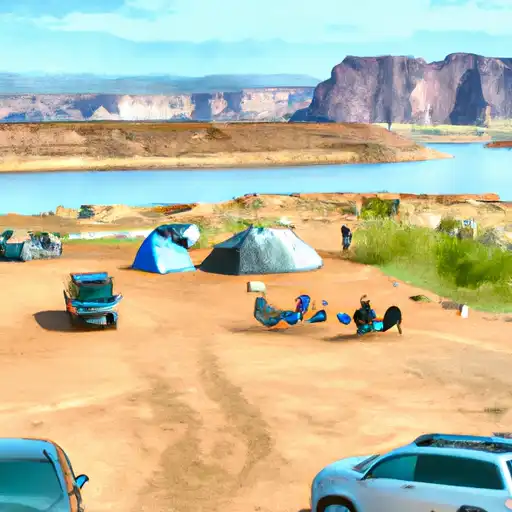 Wahweap - Glen Canyon National Rec Area
Wahweap - Glen Canyon National Rec Area
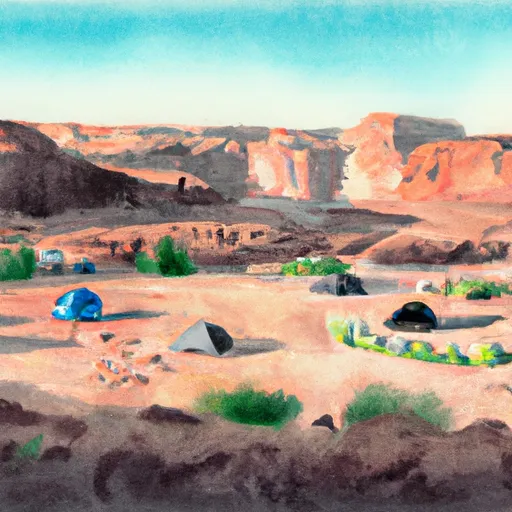 Wahweap Campground
Wahweap Campground
 Lone Rock Campground
Lone Rock Campground
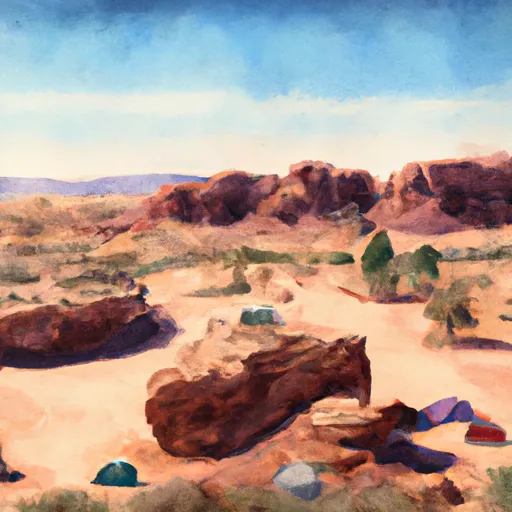 Lone rock camping site
Lone rock camping site
 Lees Ferry - Glen Canyon Area
Lees Ferry - Glen Canyon Area
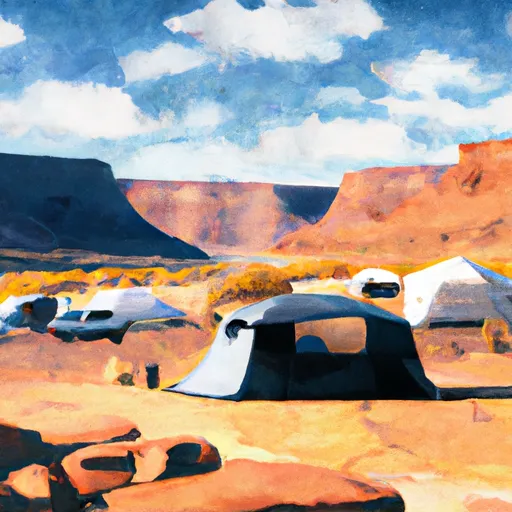 Lees Ferry Campground
Lees Ferry Campground
 Glen Canyon
Glen Canyon
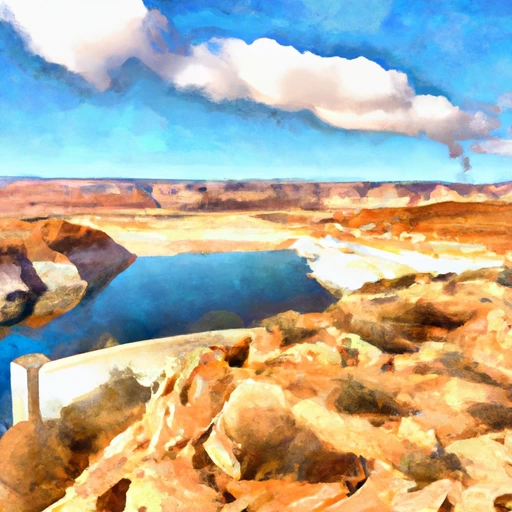 Lake Powell At Glen Canyon Dam
Lake Powell At Glen Canyon Dam
 Lake Powell
Lake Powell
 Grand Canyon
Grand Canyon
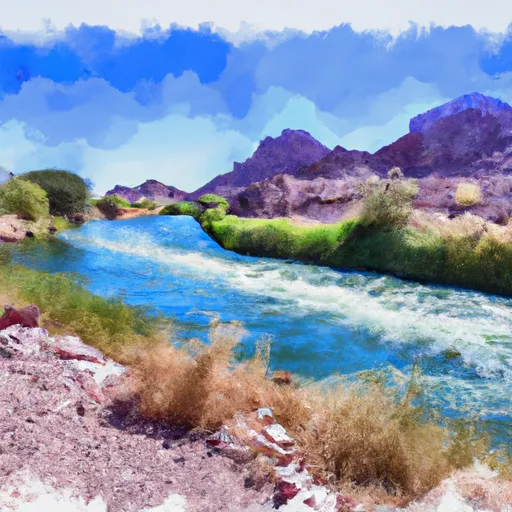 Park Boundary To Confluence With The Colorado River
Park Boundary To Confluence With The Colorado River
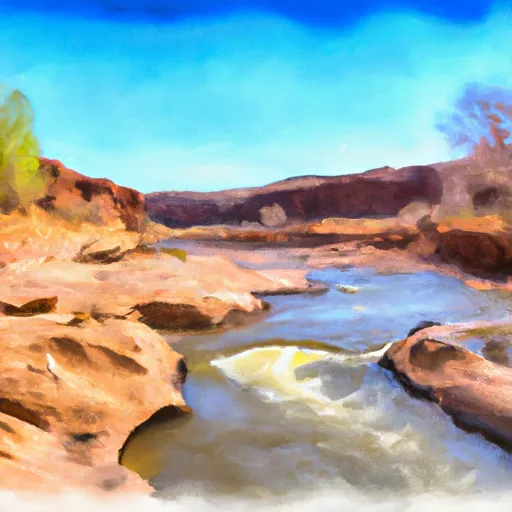 Paria River
Paria River